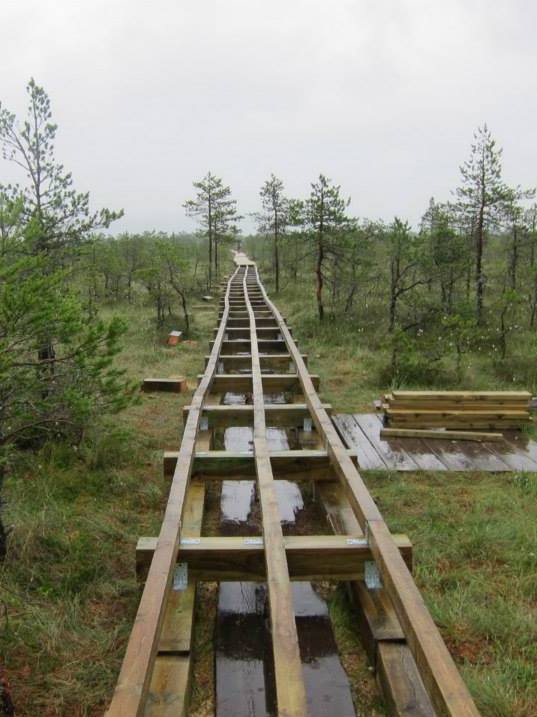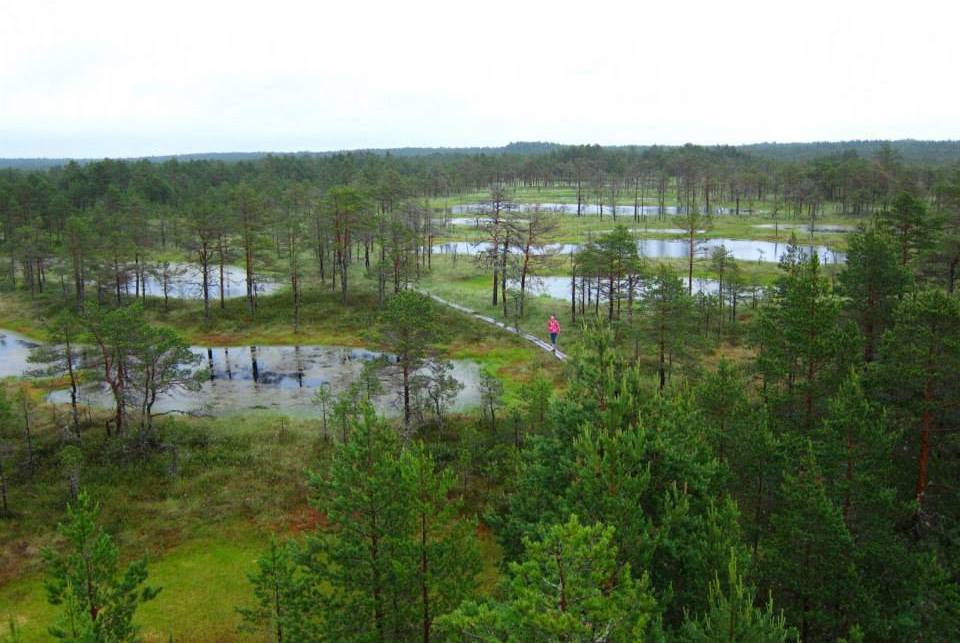Viru Bog: A Taste of the Estonian Wilderness
Our group had been walking into the dense spruce forest for fifteen minutes, but the Viru bog (Viru raba), the last item on our tour of Estonia‘s Lahemaa National Park, was still nowhere to be seen. The motorway, the noise and our minivan were far behind us; the air was fresh, and the thread-like moss that our driver Tarmo pointed out confirmed that. Along the way, he entertained us with anecdotes of Estonians escaping invaders in these parts before dropping the little bombshell.
“Keep walking, and I’ll pick you up on the other side.”
With that, he turned around and headed back. With little idea of what to look out for, we followed the signs and pressed on.
Inside Viru bog in Lahemaa National Park
Prelude: The Estonian Swing Experience
As we kept walking, the trees became sparser and thinner. Light summer rain pelted our heads. We had arrived at Viru bog, but we did not notice until two rows of dark wooden planks appeared on the path. To our untrained eyes, the thick carpet of moss and shrubs appeared uniform throughout the walk, and the transition to wetland wasn’t obvious.
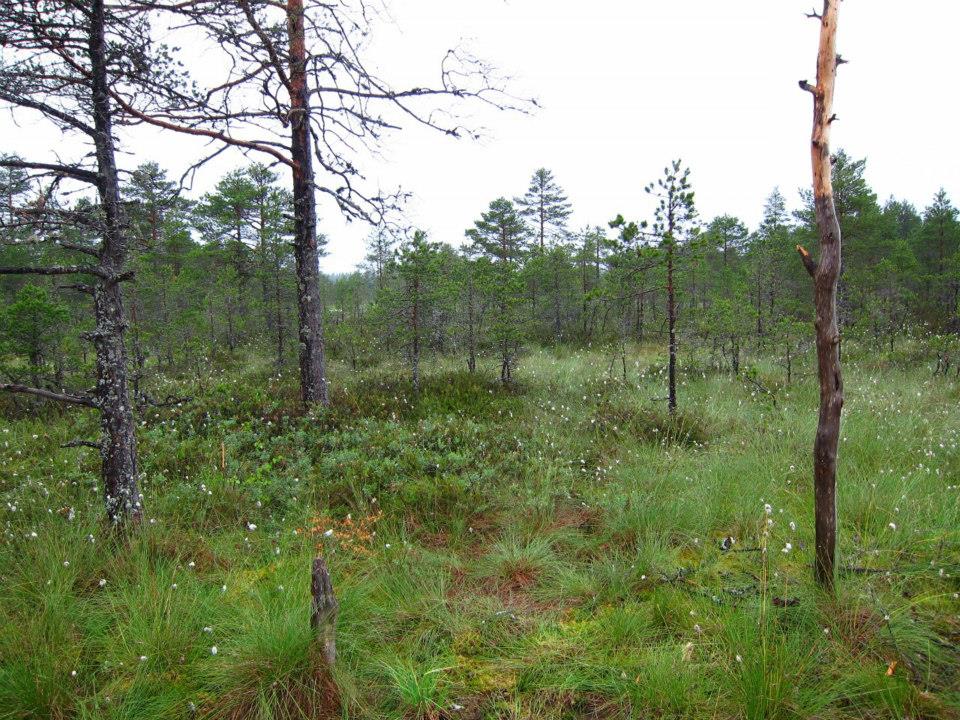
All was quiet, save for the raindrops, our footsteps and our chatter. A single frog was the only wildlife I saw the entire time we were there. Perhaps it would have been different on a clear day, and there would have been birdsong and butterflies, maybe even the rare wolf or bear. For now, it was just the six of us and the elements. Fish were absent in those dark and still pools of water, but at least they were also devoid of mosquitoes that June afternoon. I found the peace much easier to appreciate in the absence of biting insects.
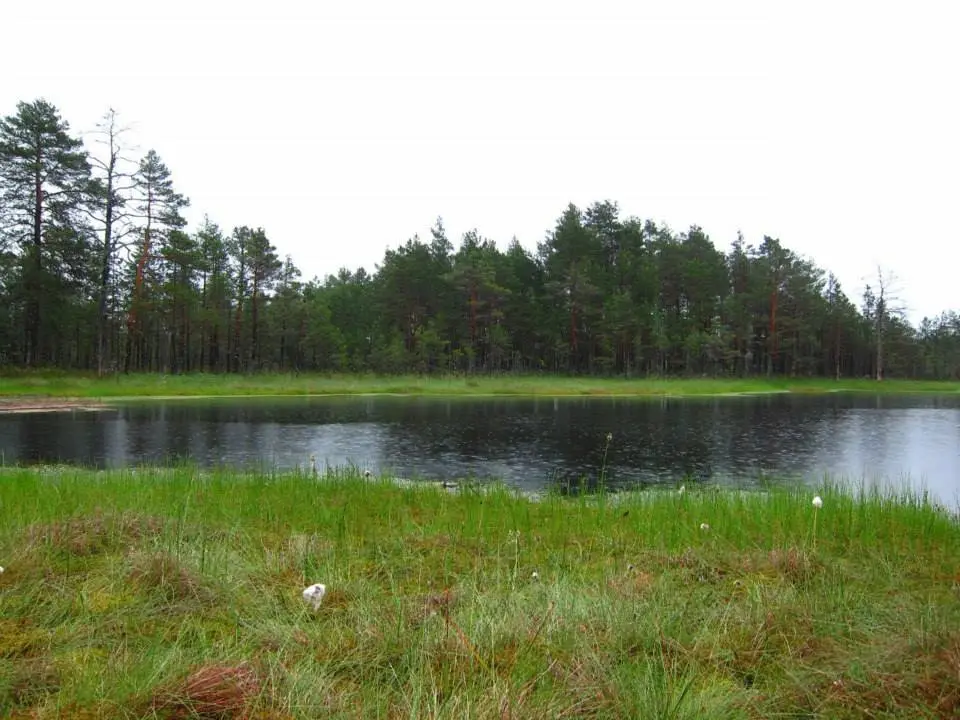
The smell of labrador tea that grows in bogs is said to make some people nauseous, but something else was odd. The aroma of pine timber was in the air though. Surely there couldn’t be logging when the trees were so skinny? It turned out that a new, wider walkway was being built over the old, decaying one. In time, it will be returned to nature, and the process will take place quietly under the new planks.
The half-finished work left us an obstacle course to tackle in places, but that was easier to deal with than the alternative – the disappointment of not being able to get in at all. Luckily one doesn’t have to deal with an incomplete walkway now, as more recent photographs on the web show. It’s even wide enough for wheelchairs and prams.
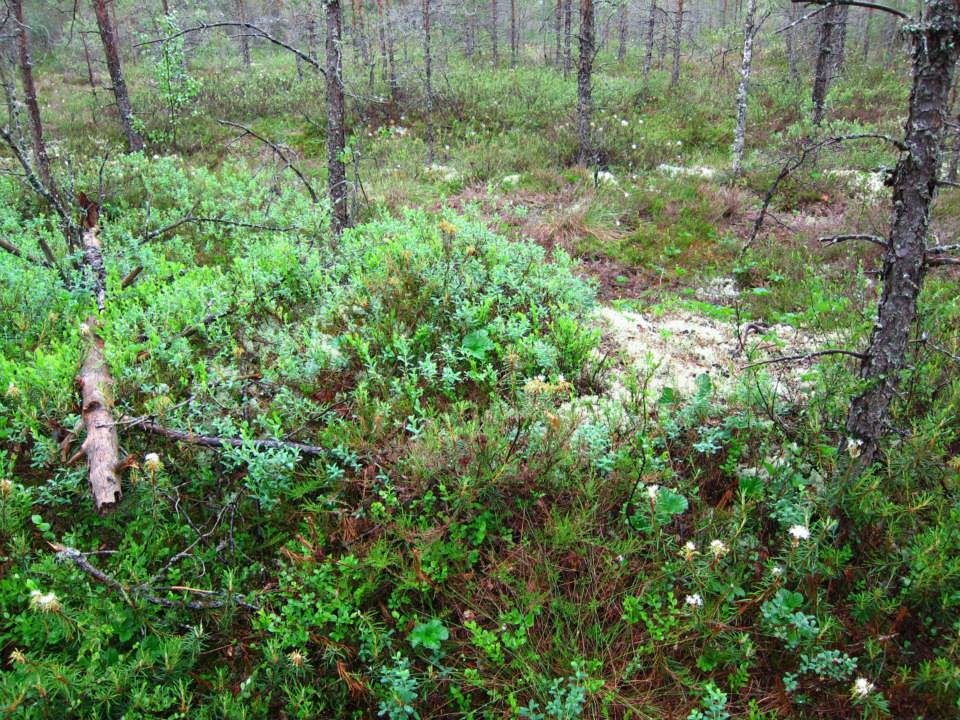
The Estonians probably trusted us not to kill ourselves or the environment when they left barriers out of the plans, but curiosity was getting the better of me. Tarmo had told us that Viru was a raised bog, a 3-metre thick layer of peat that grew a millimetre a year (go figure its age), but what did it really mean? If I stepped on it, would it yield its fluid like a wet sponge, or would it swallow me up and turn me into a future museum artefact? There was only one way to find out.
I gingerly lowered my foot onto an even patch of moss. The two barely touched, and nothing grabbed my shoe. So far, so good.
I added weight, bit by bit until I was resting on that foot. It sagged, but it didn’t give way. But I don’t weigh a lot anyway.
I gave it a bounce, then a few more. It was supple. If it weren’t for the rain I could have laid on it. Then I remembered there were ticks in the area, and I quickly moved along.
We sought a break from the obstacle course and weather in the lookout tower. From the top, the panorama gave us a sense of the vast wilderness that surrounded us.
I couldn’t put a finger on why such a flat landscape inspired so much awe. Maybe it was the otherworldly, prehistoric appearance. Maybe I wondered too much about the secrets that the bog could have hidden. Maybe it was the way it consumed everything that was built to traverse the quagmire and remained unblemished by vehicle tracks.
Give me a clear, mosquito-free day here and I would have spent it all breathing deeply there, enjoying the peace less than an hour from bustling Tallinn, which Tarmo was waiting to whisk us back to.
Next stop in Estonia: visit seaside Parnu, or the university town in Tartu, or the island of Saaremaa
